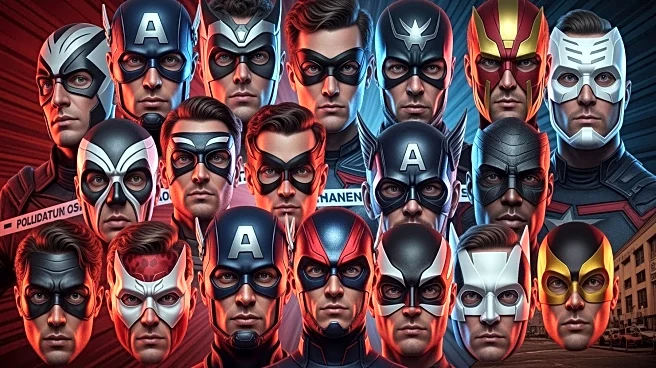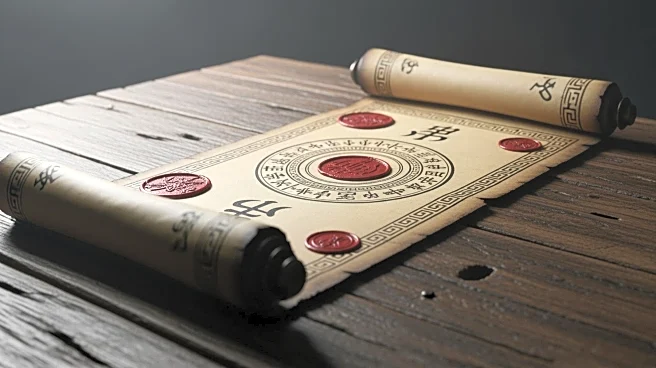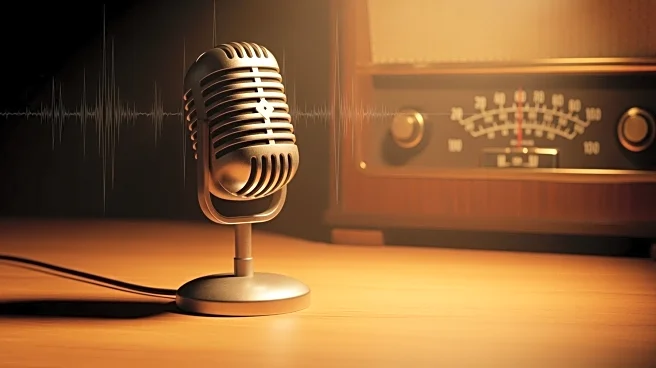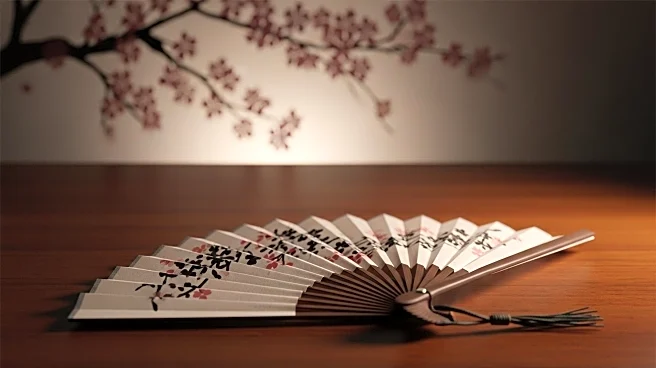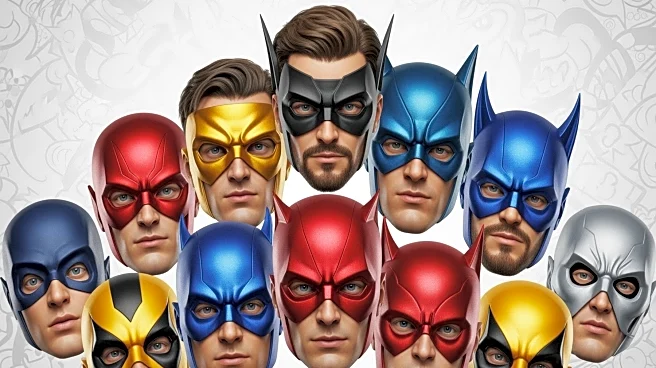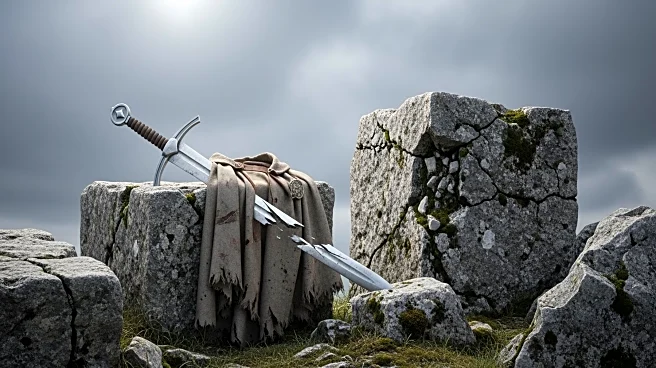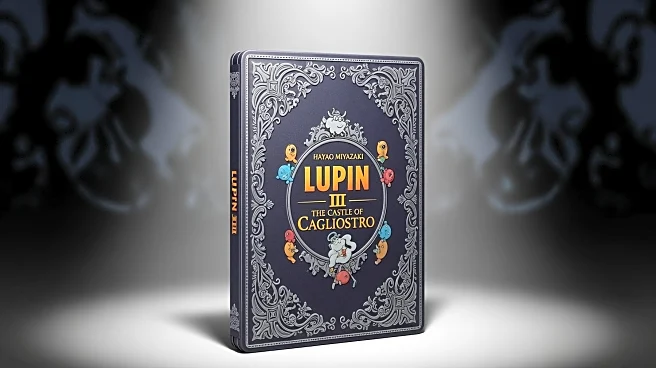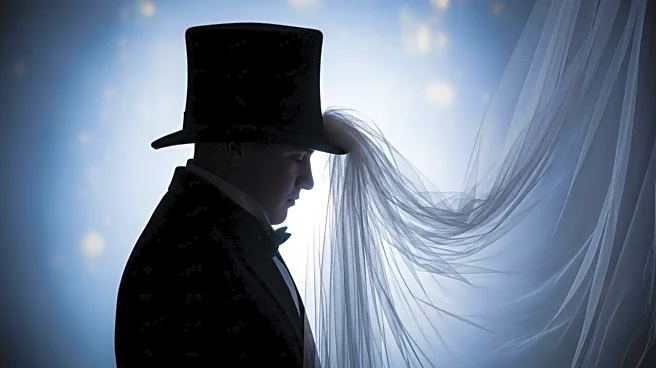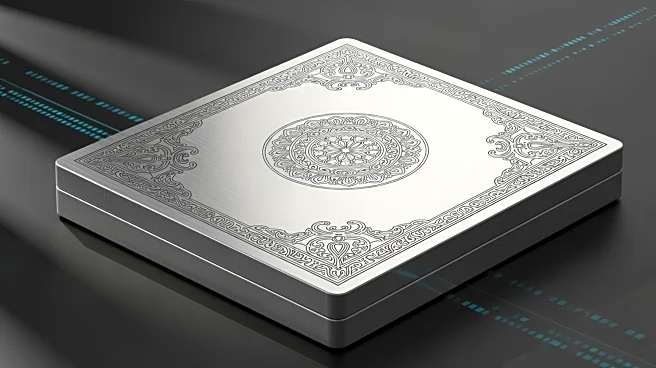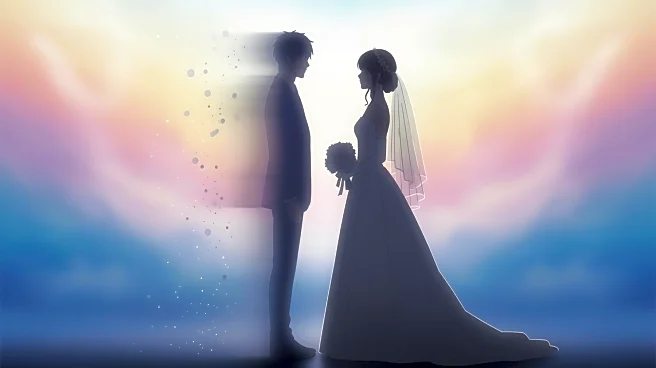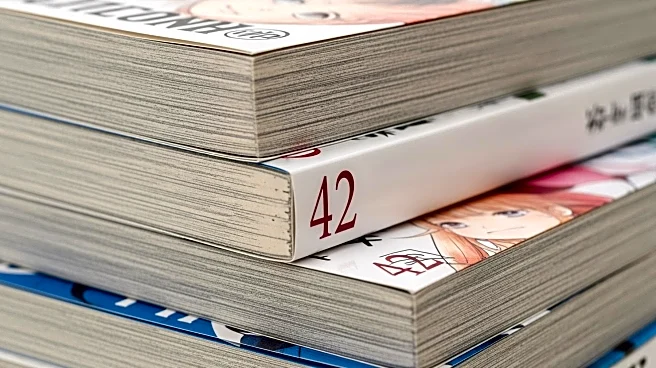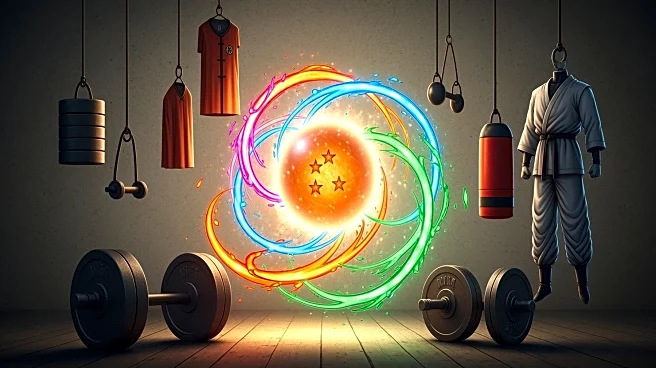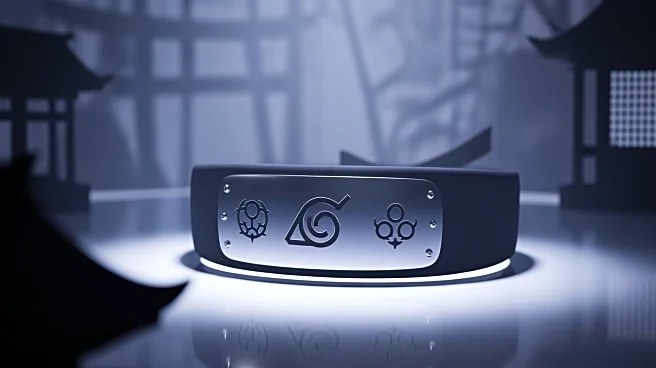What's Happening?
The 'World Best Hero' global popularity poll for My Hero Academia has revealed a strong preference for male characters among fans. The poll results, illustrated by creator Kohei Horikoshi, highlight fan-favorite characters such as Izuku Midoriya, Katsuki
Bakugo, Shoto Todoroki, and Dabi. Notably, no female characters made it into the top 10, despite the popularity of figures like Ochaco Uraraka and Himiko Toga. The absence of All Might and the protagonist Deku not securing first place has surprised many fans. The poll results have sparked discussions about the fanbase's views on the series' heroes.
Why It's Important?
The poll results reflect broader trends in fandom preferences, highlighting potential gender biases within the My Hero Academia community. This could influence how creators and marketers approach character development and merchandise strategies. The strong preference for male characters may impact future storylines and character focus in the series, potentially affecting its appeal to diverse audiences. The discussions around the poll results also underscore the importance of representation and diversity in media, prompting creators to consider more inclusive narratives that resonate with all segments of their fanbase.
What's Next?
The results of the popularity poll may lead to increased focus on male characters in upcoming My Hero Academia content, including the anime's final season and potential spin-offs. Creators might also address fan feedback by exploring more balanced character development and representation in future projects. The ongoing conversations about gender representation could influence broader industry practices, encouraging other anime and manga creators to prioritize diversity and inclusivity in their works. As the series continues to evolve, fan engagement and feedback will likely play a crucial role in shaping its direction.
Beyond the Headlines
The poll results highlight the cultural dynamics within fandom communities, where preferences can reflect broader societal attitudes towards gender roles. This may prompt discussions about the portrayal of female characters in anime and manga, encouraging creators to challenge stereotypes and offer more nuanced representations. The emphasis on male characters could also influence merchandise and marketing strategies, potentially limiting the diversity of products available to fans. As the conversation around representation continues, it may lead to shifts in how media companies approach character development and audience engagement.
